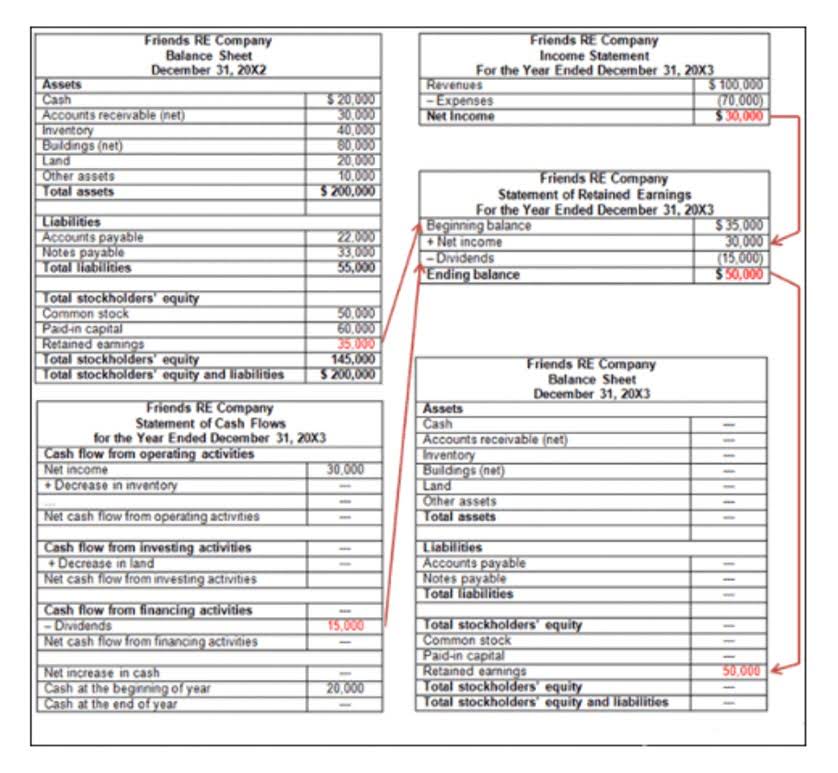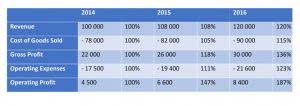What are accounts receivables aging reports + how to prepare them in 4 steps
For example, if you have outstanding invoices for more than days, you may need more rigor in your collection efforts. For invoices that are pending for less than 30 days, smart dunning mechanisms should suffice. Once an unpaid invoice goes beyond your aging schedule, you may assume it’s lost cash. That’s a bad debt, yet you must record it for your financial statements as an expense.
For instance, consistent delays in customer payments can signal the need for changes in cash flow projections, potentially leading to adjustments in budgeting for operational expenses. Managing credit risk is a critical aspect of financial health for any business. Accounts Receivable (AR) aging reports play a pivotal role in this process by offering valuable insights into a customer’s payment behavior and creditworthiness. This section will explore how AR aging reports assist in evaluating credit risk, adjusting credit terms, and implementing strategies to minimize risk while ensuring timely payments. AR aging reports provide clear visibility into when cash will arrive from outstanding invoices.
Additionally, businesses can leverage newsletters and advertisements to communicate with customers about their outstanding invoices and payment terms. Regular updates through newsletters can keep customers informed about their account status and encourage timely payments. Sales invoices, which detail the invoice dollar amount and transaction specifics, are crucial for maintaining accurate records and ensuring that all receivables are accounted for. Using apps and tools like Intuit can further streamline the process, providing easy access to invoice details and facilitating efficient management of aged accounts receivables. The accounts receivable aging report helps estimate the amount of bad debt and doubtful accounts.
Using AR Aging Reports to Improve Collections
Companies using 7-bucket reports can track more granular payment behavior compared to standard 4-bucket systems. This detailed view helps identify payment trends that 30-day intervals might miss. A high percentage in older buckets signals potential cash flow problems that need immediate action.
Spotting Trends in Payment Delays
- We will explore how businesses can leverage these reports to improve collections, manage credit risk, and enhance financial reporting.
- By leveraging AI and automation, businesses can enhance the efficiency of their AR processes while minimizing operational costs.
- Then you must check if these amounts are current, or if they have been due for over 45 days (this can change depending on business).
- Incorporating software tools can significantly boost the efficiency of creating and maintaining an AR Aging Report.
You’re left with adjusted general journal entries for bad debt expense, which you can later use to identify bad credit risks early and avoid them. If your business chooses to factor in outstanding invoices (i.e., sell debts from credit sales for someone else to collect), AR aging reports are a necessary piece of documentation. Use the AR aging report to improve financial projections, especially for cash flow. By knowing when outstanding invoices are expected to be collected, you can forecast cash inflows and make informed financial decisions.
- When payments are repeatedly not made on time, it leads to awkward conversations with customers, cash flow problems, increased payment recovery costs, and more.
- The report shows payment patterns, identifying chronic late payers and accounts close to delinquency.
- AR aging reports are highly valuable because they help you stay on top of money owed and ensure the right collection actions are taken at the right times.
- Spreadsheets are not the ideal platform to build your AR aging report, as they leave plenty of room for manual error.
- This process helps manage outstanding invoices, improve cash flow, and identify potential collection issues.
Get a Deeper Understanding of Doubtful Accounts
Customers with overdue account receivable (a/r) aging reports invoices show significantly higher churn rates than those paying on time. Payment delays often indicate financial distress within customer organizations. SaaS businesses often see different payment behaviors compared to traditional industries due to recurring revenue models. Beyond 90 days, DSO can exceed 120 days with collection rates falling below 50%. SaaS companies with enterprise clients like Salesforce report DSO rates of 132.9 days in 2024.
Your AR aging report will contain all of your outstanding invoices separated into due-date categories. This not only makes it easier to track all of your accounts receivable in one place but also gives you insight into customers who are late with their payments. An accounts receivable aging report is a type of financial report that provides an overview of all accounts receivable—sales made by the business for which payment has not yet been received. The report organizes all accounts receivable according to the length of time that the payment has been outstanding. The relationship between credit terms and the AR aging profile is integral to managing credit risk.
Review open invoices
Access to real-time data is essential for businesses looking to optimize their accounts receivable processes. Traditional AR management methods often rely on outdated reports that fail to provide an accurate picture of a company’s financial standing. By integrating real-time AR aging reports with modern tools, businesses can gain immediate insights into their receivables, allowing them to make proactive decisions. The AR Aging Report highlights overdue invoices and offers insights into the collection process.
What is the aging schedule?
This allowance reduces the net value of receivables on the balance sheet to the amount expected to be collected. These reports offer a clear snapshot of outstanding receivables, allowing business leaders to assess how much revenue is tied up and when they can expect to collect it. Together, this information helps assess the collection risk and identify which accounts need immediate attention. Assume that payment will not be received until June 2019.On June 30, 2019, another aging report for Accounts Receivables was prepared. The sum is now overdue for a period of more than 30 days but less than 60 days from the due date. Accelerate payment recovery from delinquent customers and boost cash flow through automated collection workflows.
Staying In Touch with Overdue Accounts
Like AR aging reports, AP aging reports give you cash flow insights on outflows. If you receive payments on time but delay payments to vendors because you’re cash-strapped or went on an expansion spree, you could be penalized and lose valuable supplier relationships. To figure it out, the first thing you need to look at is your accounts receivable (AR) and accounts payable (AP) aging reports. These reports help you track which vendors you still need to pay, which customers are yet to pay you, and when. The aging schedule is used to identify clients that are late in paying their invoices.
Without this report, it can get difficult for your business to identify potential credit risks. First, gather all outstanding invoices from your accounting system and organize them by customer. Next, define aging categories, such as 0-30 days, days, days, and over 90 days.
Setting appropriate credit terms and monitoring adherence through AR aging are fundamental to sound financial management. This report helps the stakeholders assess the financial health of the company. Decisions regarding provisions and write offs are taken based on this report. The age of an account receivable indicates how long an invoice has been outstanding since its issue date.











